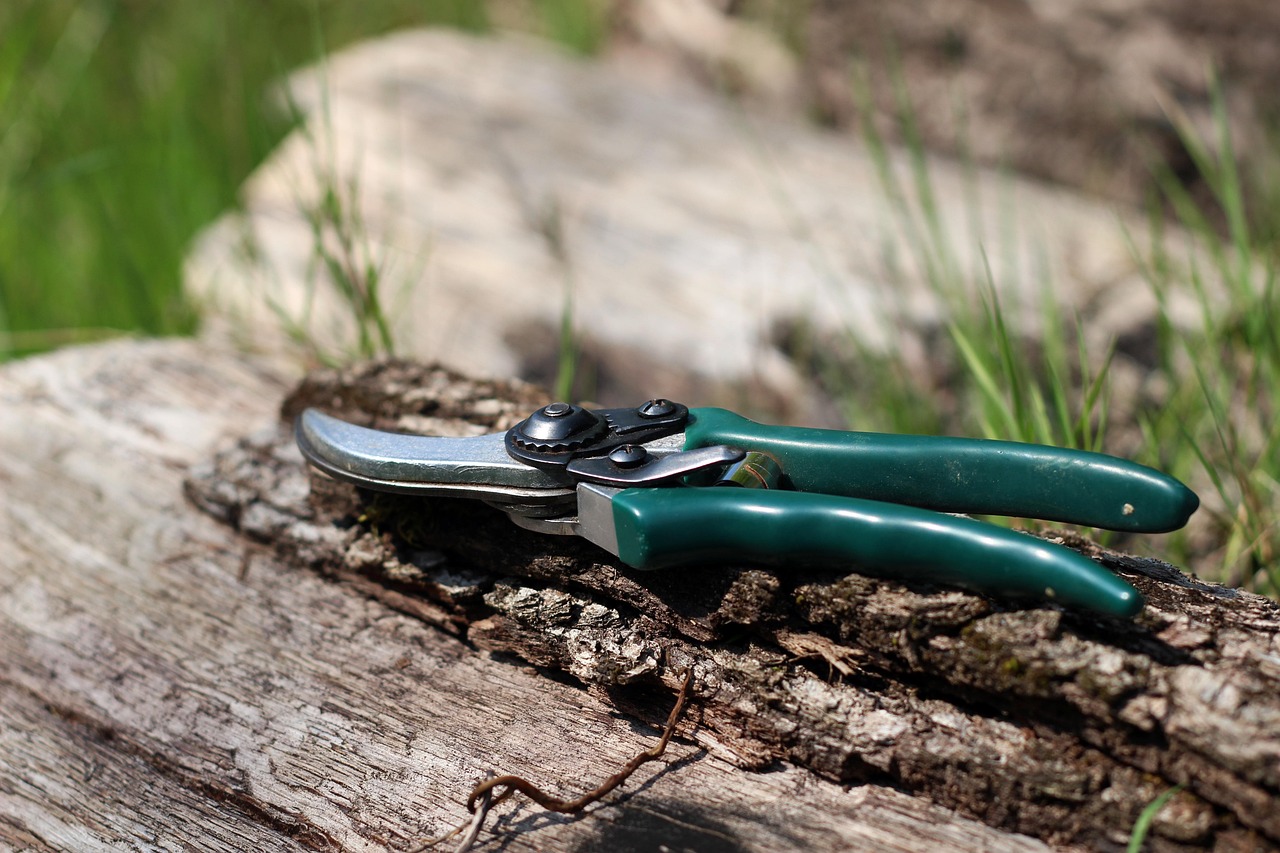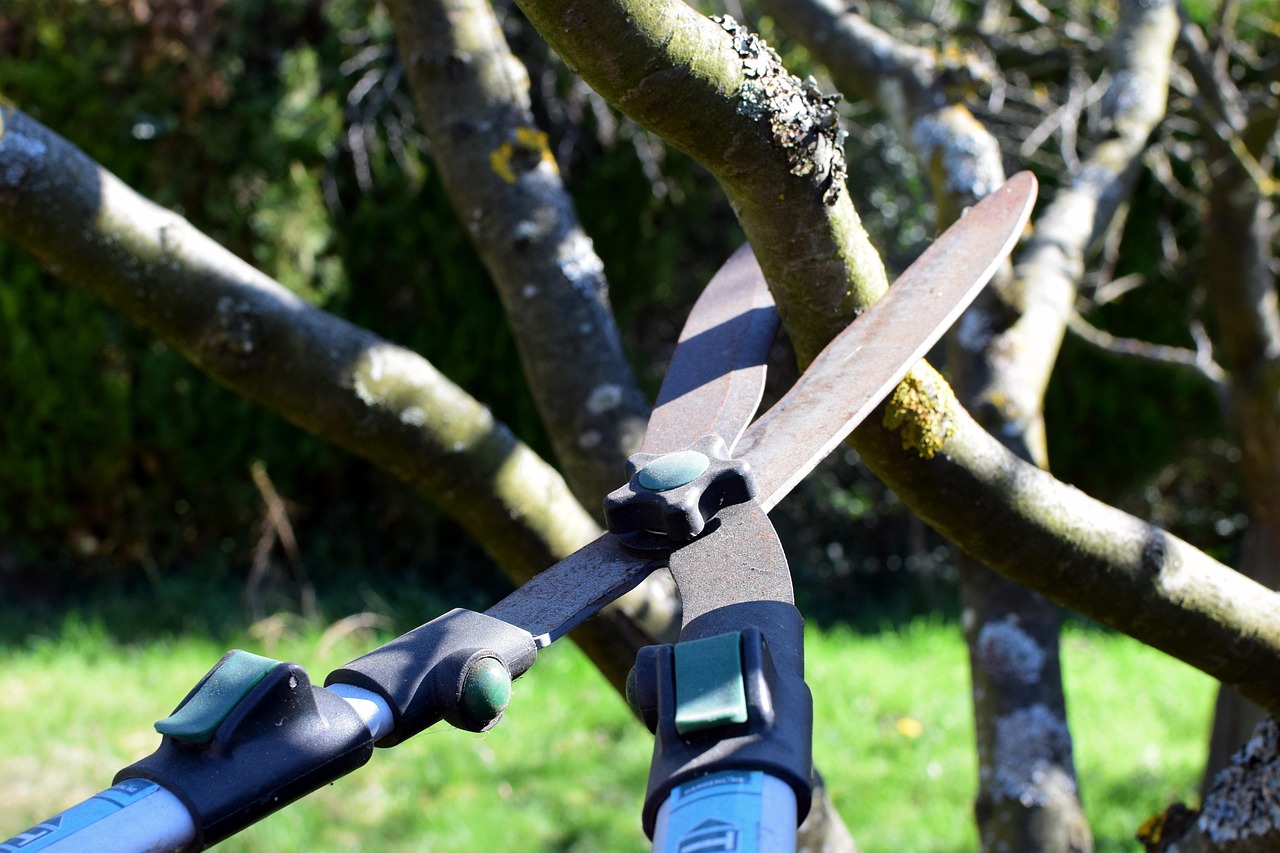Proper pruning is essential for maintaining healthy rosewood trees and optimizing timber yield. This guide highlights expert techniques, optimal timing, safety practices, and sustainable management strategies to enhance tree resilience, timber quality, and ecological preservation, ensuring responsible harvesting and long-term conservation of these valuable hardwoods.
Growing up, I vividly remember the first time I saw a pristine rosewood timber piece — its beautiful grain and deep richness made me realize how important sustainable practices are. These trees, part of the Dalbergia genus, are highly prized for their gorgeous appearance in furniture and musical instruments. But I’ve also seen how overharvesting and habitat loss have pushed many species towards endangerment. That’s why, in my own work, I always emphasize the role of careful pruning as part of sustainable management — it’s a way to protect these magnificent trees while still meeting timber needs.

From my personal practice, I always prioritize pruning to boost both the health and timber quality of rosewood trees. When I prune correctly—removing diseased branches, thinning crowded parts, and shaping the canopy—I’ve seen the trees become more resilient. A well-pruned tree develops a sturdy structure capable of supporting more substantial growth, which translates to better timber. I’ve learned that timing is key: late winter or early spring, during dormancy, is usually ideal because it minimizes stress and disease risk, though I always keep an eye on local climate conditions because they can vary a lot.
Importance of Pruning for Rosewood Trees
Through my years of experience, I’ve come to see pruning as more than just maintenance—it’s a form of stewardship. I’ve always found that thoughtful pruning improves the tree’s appearance, encourages vigorous growth, and plays a pivotal role in sustainability. For instance, removing dead or diseased branches reduces the chance of infections spreading, which I’ve seen help extend the life of mature trees. It also allows more sunlight and air to circulate, keeping the tree healthier overall. Proper pruning leads to higher-quality timber, as I’ve noted when carefully shaping the tree to promote structural integrity and reduce unnecessary branching. Plus, I always consider the bigger picture—pruning as a way to maintain and promote a sustainable population of these trees, balancing harvesting with conservation.
- Health Improvement: In my own grove, I’ve always made it a point to remove anything diseased early on—it’s like giving the tree a clean bill of health.
- Growth Encouragement: I’ve learned that better light and airflow, achieved through strategic pruning, are key to healthy, dense timber.
- Timber Quality: High-quality wood comes from trees that have been pruned thoughtfully; I can vouch for that from personal harvests.
- Sustainability: Encouraging new growth through careful pruning has always helped me ensure a steady, responsible timber supply.
Every rosewood tree I’ve managed has unique needs—age, species, environmental factors—and I’ve discovered that tailoring my pruning approach accordingly makes all the difference. I always make sure to understand these specifics before I make a cut.

Pro-Tips to Keep in Mind (From Personal Experience)
When I first started pruning rosewood trees, I learned the hard way that patience is crucial. Rushing through cuts or removing too much at once can stress the tree and lead to complications down the line. It’s important to take small, deliberate cuts and observe how the tree responds over time.
Another lesson I’ve picked up is that my tools are only as good as their maintenance. Dull blades cause tears and wounds that heal poorly, which can invite pests and diseases. Consistently sharpening and cleaning my shears and saws has made a big difference in the quality of my pruning work and the health of the trees.
Initially, I thought pruning was only necessary during the dormant season, but I realized that in some climates, scheduling isn’t always predictable. Watching the weather and being flexible helps me avoid pruning during unseasonal rains or unexpected warmth, which can increase disease risk.
When I first started, I underestimated the importance of understanding each tree’s specific needs—age, species, and environmental factors matter greatly. Tailoring my approach rather than applying a one-size-fits-all method has resulted in healthier, more resilient trees.
I learned early on that safety can’t be overlooked. Wearing gloves, goggles, and proper protective gear has saved me from injuries, especially when working with thick branches or sharp tools. A small investment in safety gear has paid off in peace of mind and accident prevention.
Lastly, I remind myself that pruning isn’t just about aesthetics or immediate growth; it’s part of a bigger picture of sustainable management. Thinking long-term and considering how each cut affects the overall health and future yield of the tree has helped me develop more effective, responsible practices.
When to Prune Rosewood Trees
I’ve always found that timing is everything. For me, the best time to prune is during the dormant season—late winter or early spring—because it minimizes stress on the tree and keeps diseases at bay. But I’ve learned to pay close attention to my local climate because unpredictable weather can change the best schedule. Watch for dead or damaged branches, overcrowding that blocks light, or growth patterns that seem to strain the structure—that’s when I know it’s time to get out my shears.
My Favorite Pruning Techniques and Tips
Over the years, I’ve adopted several techniques that really work well for rosewood trees:
- Crown Thinning: I always remove select branches from the crown that block light or restrict airflow. This really opens up the canopy and helps the tree breathe.
- Crown Raising: Lower branches that get in the way or make access difficult are my targets. Raising the crown encourages upward growth and makes maintenance easier.
- Crown Reduction: If a tree gets too large, I reduce its size carefully, shaping it to avoid damage—especially before storm seasons.
- Directional Pruning: I’ve found that directing growth in a specific way creates a more balanced, desirable form. It’s like guiding the tree’s natural shape.
Always, I make sure my tools are sharp and clean. I’ve seen wounds that don’t heal well because of dull blades or cross-contamination. Plus, I never underestimate the importance of safety gear—I wear gloves and goggles religiously.
Why Sustainable Timber Harvesting Matters
In my experience, sustainable practices like pruning do a lot more than just benefit individual trees. I’ve watched how responsible harvesting supports biodiversity, boosts local economies, and minimizes environmental impact. I always advocate for keeping ecosystems healthy because, in the long run, everyone benefits—trees, wildlife, and people alike. For those of us managing rosewood, it’s about finding that balance—meeting our timber needs without compromising the forest’s future.

From my perspective, by actively working to sustain our rosewood resources through prudent pruning and management, I help ensure these trees remain a valuable heritage, not just a commodity. It’s a shared responsibility—one I always take seriously.
Understanding the Growth Patterns I’ve Learned
Through personal experience, I’ve come to understand that rosewood trees can grow surprisingly fast—up to 30 meters in some species—when conditions are just right. They tend to develop wide canopies that impact light and airflow, which is why I always consider their natural growth habits before pruning. Soil richness, warmth, rainfall, and water availability shape their growth. Recognizing these factors has helped me decide the best pruning times and methods, ensuring healthy development and high-quality timber.
Strategies to Maximize Timber Production
Over the years, I’ve found certain pruning methods consistently yield better timber:
1. Thinning
Selective branch removal to reduce competition helps the remaining limbs grow stronger and produce better wood. I always prefer to thin carefully—thinking about how each cut affects the whole structure.
2. Topping
Younger or smaller trees sometimes undergo topping to control height, but I always use this technique sparingly. From my experience, it can cause multiple leaders to form if not done correctly, which isn’t ideal for timber quality.
3. Selective Pruning
This is my go-to for shaping trees while keeping their natural form. Removing specific branches promotes robust, healthy growth—crucial for producing premium timber.
Managing Pests and Diseases
Pruning isn’t just about growth; it’s also an effective way to control pests and diseases. I’ve cut away infested branches early to prevent further damage. Always keep an eye out for common foes like wood borers, fungal spots, or leaf diseases—I’ve learned that early detection and removal are key to healthy trees. Regular inspections and prompt pruning to remove infected parts are vital parts of my routine.
Fertilization and Its Role in Pruning Success
Healthy trees recover faster after pruning, and I always make sure to enrich the soil with nutrients—mainly nitrogen, phosphorus, and potassium. Conducting soil tests has helped me tailor fertilization to the specific needs of each tree, boosting growth and timber quality post-pruning.
Tools of the Trade I Trust
Having sharp, clean tools makes all the difference. I only use good quality pruning shears, loppers for thicker branches, and a saw for larger limbs. Proper safety gear is non-negotiable for me—gloves, goggles, and sometimes helmets—because I’ve seen how fast accidents can happen. Proper maintenance of tools, like sharpening blades often, is a habit I swear by.
My Role in Community and Sustainability
I always believe that managing rosewood responsibly is a community effort. Educating others, participating in local conservation projects, and following regulations—like permits and CITES—are ways I contribute. I’ve seen that when communities work together, enforcement improves, illegal logging declines, and forests recover better. Sharing traditional knowledge alongside modern practices creates a strong foundation for sustainability.
Technological Help I’ve Embraced
I’ve recently started using remote sensing and GIS tools to monitor forest health, which is a game-changer. Drones help me quickly survey large areas for signs of stress or illegal activity. Mobile apps provide instant advice on pruning and pest management, saving me time and guesswork. I’ve found that integrating technology makes managing rosewood much more effective and transparent.
Economic and Social Benefits From My Perspective
By focusing on sustainable practices, I’ve seen communities benefit economically—more jobs, higher-quality timber that fetches better prices, and even eco-tourism. When I harvest responsibly, I help ensure a consistent resource for future generations. And I can’t stress enough how promoting local crafts and cultural heritage from sustainably sourced rosewood adds extra value—something I’ve always tried to support.
Learning from Success Stories
Some regions have shown that proper regulation and community engagement can lead to real change. I’ve studied cases from Brazil, India, and Southeast Asia—where awareness campaigns, monitoring technology, and legal frameworks have curtailed illegal logging and improved forest health. These examples inspire me to keep pushing for responsible practices, knowing we can make a difference.
Thinking Ahead: Innovative Ideas and Challenges
I always keep an open mind about new methods. Agroforestry, for example, integrates rosewood with crops, which I believe can help biodiversity and incomes simultaneously. Certification programs, like FSC, reward responsible growers, and I encourage everyone to consider them. But I’ve also faced challenges—initial costs can be high, illegal logging remains tempting, and climate change adds uncertainties. Patience and collaboration are essential. I’ve learned that education and awareness are the keys: I stay committed to learning, sharing, and adapting practices to meet these obstacles head-on.
My Final Thoughts
In my personal journey, I’ve come to see that sustainable rosewood management isn’t just about technical skills; it’s about stewardship, community involvement, and a strong sense of responsibility. I always believe that combining traditional wisdom with modern technology, guided by clear regulations and a shared vision, can lead us toward healthier forests and prosperous communities. For me, every cut I make is a step toward securing the future of these incredible trees—not just today, but for generations to come. I encourage everyone involved to be diligent, informed, and motivated—because the future of rosewood depends on our choices today.
